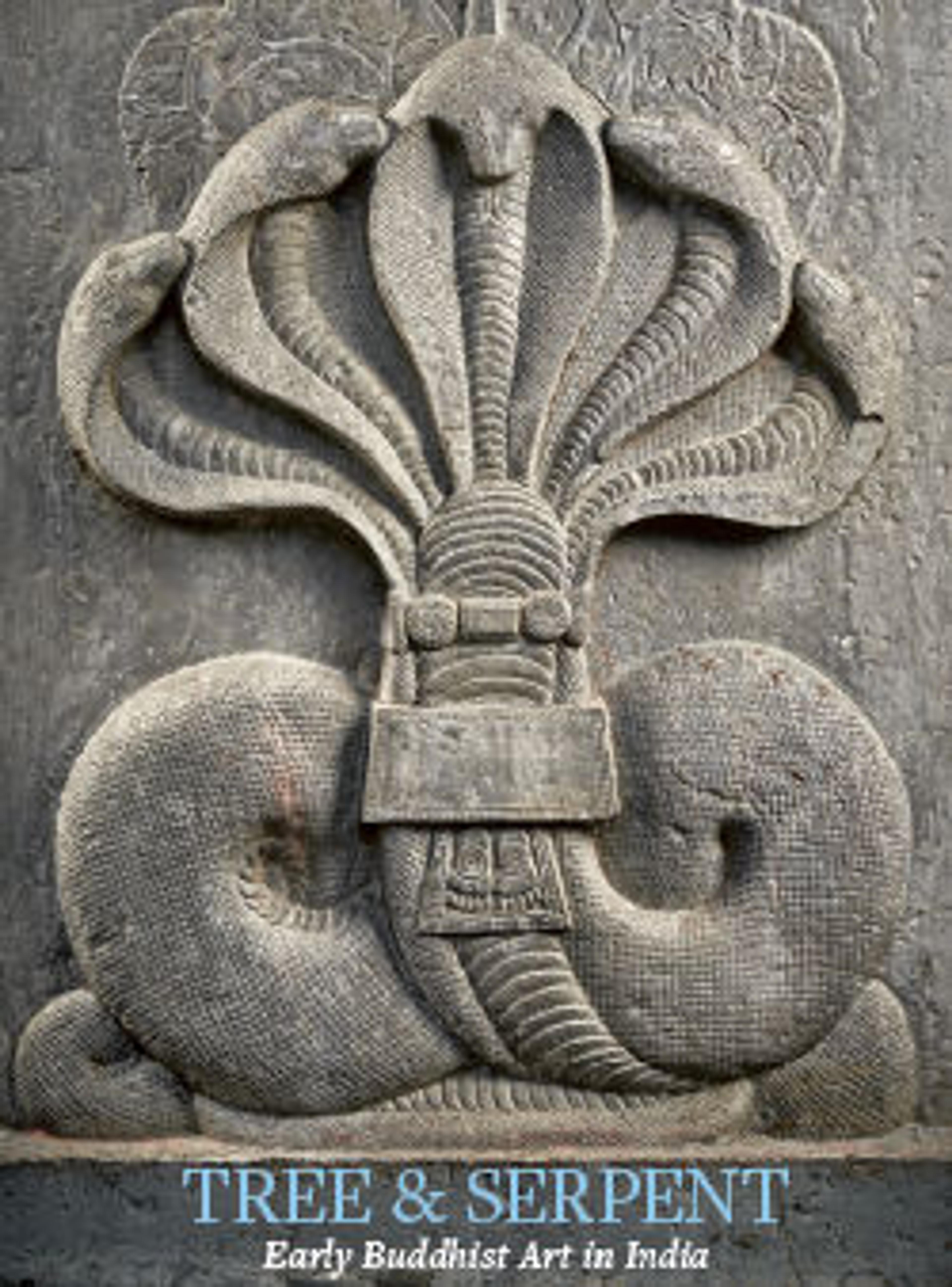One from a Pair of Ear Ornaments (Prakaravapra Kundala)
This spectacular pair of earrings is a rare survival of ancient Indian goldsmithing, much of which was repurposed by later generations. Double-ended tendrils such as these, passed through distended earlobes, are referred to in the ancient Sanskrit epic Mahabharata as being worn by the hero Arjuna while in female disguise. The same style of jewelry is frequently depicted in early Satavahana sculpture. Together with gemstone and ivory carvers, potters, and weavers, goldsmiths were an important part of early India’s craft guild structure, and inscriptions often name them as donors to Buddhist causes. The only other examples of this ear ornament type were recovered in the Thai peninsula, an indication of early Satavahana trade with Southeast Asia.
Artwork Details
- Title: One from a Pair of Ear Ornaments (Prakaravapra Kundala)
- Period: Satavahana
- Date: ca. 1st century BCE–1st century CE
- Culture: India, Andhra Pradesh
- Medium: Gold, sheet, wire and granulation
- Dimensions: H. 1 5/16 in. (3.3 cm); W. 3 1/8 in. (7.9 cm); L. 1 1/2 in. (3.8 cm)
- Classification: Jewelry
- Credit Line: Gift of John and Evelyn Kossak, The Kronos Collections, 1981
- Object Number: 1981.398.4
- Curatorial Department: Asian Art
More Artwork
Research Resources
The Met provides unparalleled resources for research and welcomes an international community of students and scholars. The Met's Open Access API is where creators and researchers can connect to the The Met collection. Open Access data and public domain images are available for unrestricted commercial and noncommercial use without permission or fee.
To request images under copyright and other restrictions, please use this Image Request form.
Feedback
We continue to research and examine historical and cultural context for objects in The Met collection. If you have comments or questions about this object record, please complete and submit this form. The Museum looks forward to receiving your comments.
